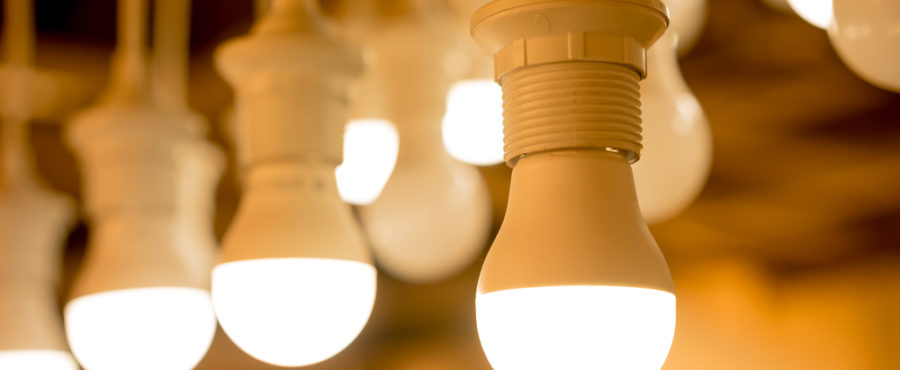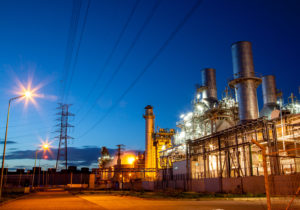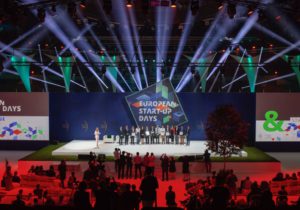
LED lights generate up to 80 per cent of savings, but…
As estimated by the National Fund for Environment Protection (NFOŚ), there are over 3.3 million light fixtures all over the country. They use up to 1,500 GWh of power. However, most of them are obsolete – sodium- and mercury-vapor lamps using huge amounts of electrical power, paid for by all Polish taxpayers. High rises of power prices arising from the manner of power generation, encumbered with carbon emission fees, will burn holes in many budgets of the Polish households, even if the prices of electricity for individual customers are temporarily frozen.
The percentage of LED lights used in infrastructure systems is not impressive. According to the NFOŚ, the abovementioned obsolete lamps may represent up to 60 per cent of all fixtures in the country, while in the public lighting, according to the Digital Cities Report (Raport Cyfrowe Miasta), we will find only 10 per cent of LEDs!
Lower energy consumption
Savings – for an average-sized city – generated by replacing old lights with smart LED systems, may amount to 1.5 million PLN a year, as demonstrated by the example of Szczecin. In smaller towns, like Radzionków – as much as 673 MWh! And we are talking only about economic results here. We may add improved safety, environmental effects and finally, satisfaction of local people.
The LED boom
There is a reason why local authorities are seeking savings in the area of energy. As a consequence of political and fiscal decisions, the budgets of local authorities are rapidly shrinking. Even 70 per cent of cities and towns in Poland are planning to invest in smart energy-saving lighting and LED systems are the best solution to this problem. The sole replacement of fixtures, according to various estimates, represents 40 to 60 per cent of energy savings. If they are arranged into a smart, controllable system – the power costs may drop down to 80 per cent.
LED is not everything
An extraordinarily important factor when planning smart solutions is the low cost of maintenance and service of the newly mounted lighting systems. In addition to LEDs, an important element is also the support structures: secure, very durable composite utility poles, allowing installation of state-of-the-art fixtures and electronic smart-city systems, such as sensors (traffic monitoring) or Wi-Fi hotspots. The prices of traditional concrete and steel poles will continue to grow for the same reasons why electricity prices are growing – high CO2 emission in the manufacture process. Fortunately, designers and local authorities may decide to choose composite structures, offering smart cities and towns the secure use of smart LED fixtures.
Composite support for smart city
Composite lighting poles, serving as supporting structures primarily for smart LED lighting systems, must be capable of handling electrostatic charges which could damage delicate lighting fixtures. The only manufacturer in the Polish market offering solutions equipped with cables protecting against such charges is Alumast SA – Poland’s leader of innovative composite solutions.
“Long-term planning of investment projects and corresponding costs is important today as it has never been before. Designing the infrastructure of the future not only requires replacement of fixtures – though this is desired, given the rapid market changes. One should also consider innovative support solutions, more durable than traditional ones, which may be equipped with any smart-city add-ons and protect the LED fixtures for years. Only long-term use of lighting systems brings measurable financial and environmental results,” says Zbigniew Szkopek, Alumast S.A. Management Board President.
Źródło: Newseria Biznes




